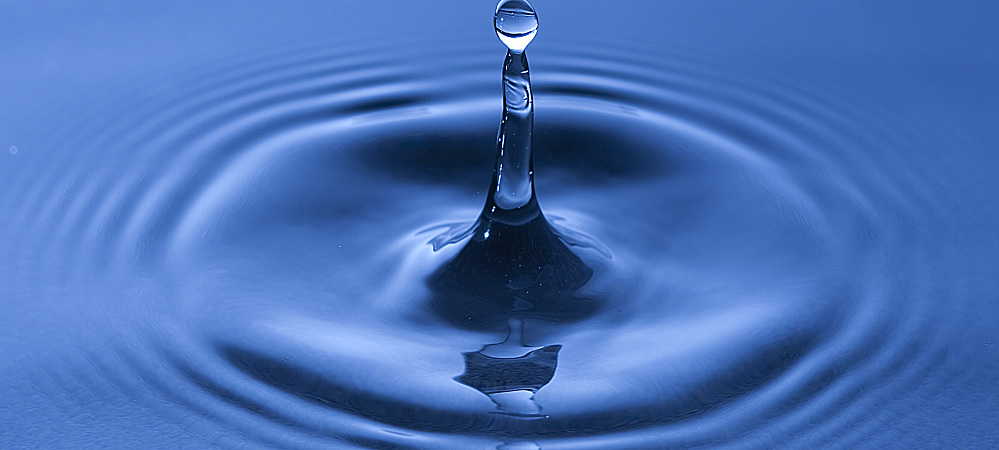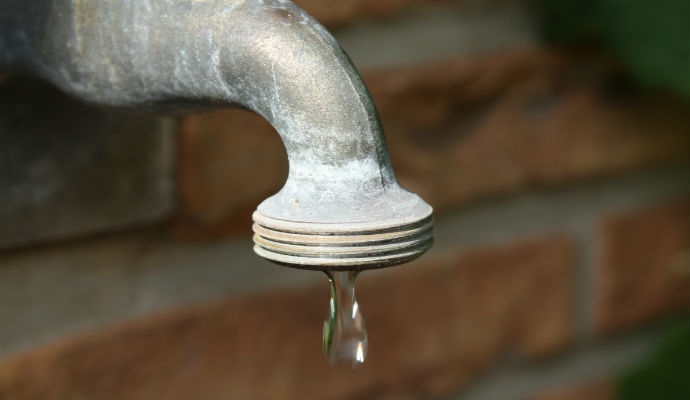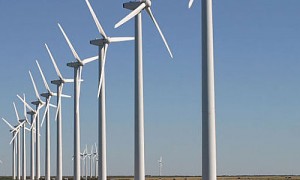Water Conservation: Time for Some WaterSense!
This past summer, Dallas found itself in a state of extreme drought. What does that mean for Dallas-Fort Worth families? Every drop of water is precious. Here’s some ways for Dallas homeowners to improve your water conservation all year long.
Dallas, Texas, is not known for being a watery oasis. Rather, it’s known for its hot, arid climate. Our neighbor California is currently experiencing yearly water shortages, along with drought conditions — and Texas could be next, as the state’s population continues to expand, unless we start making serious water conservation changes. The Texas Water Development Board reports weekly on the drought status throughout the state. This past summer, Dallas found itself in a level 3 drought (extreme). What does that mean for Dallas-Fort Worth families? Every drop of water is precious. Here’s some ways for Dallas homeowners to improve your water conservation all year long.
Get Familiar with WaterSense
The Environmental Protection Agency (EPA) states that, while 70 percent of the planet’s surface is covered by water, only 1 percent of the earth’s water supply is available for human use. To help with this, the EPA created a water conservation program in 2006 called WaterSense. The WaterSense program was developed to help consumers find more water efficient products and partners, as well as to pursue national initiatives in water conservation. Since its inception, consumers have saved 757 billion gallons of water through innovative, water-efficient products and water-saving strategies. Best of all, conserving water reduces the energy used to treat and deliver water.
You can identify WaterSense products, which are marked with a label or logo. From faucets to toilets, shower heads, and even landscape irrigation, there’s a product available to conserve water. For example, a family can save 700 gallons of water per year by installing a Water Sense aerator on each faucet in your home. Toilets can use as much as six gallons of water per flush versus WaterSense toilets, which use 1.28 gallons per flush, a savings of 13,000 gallons per year. The EPA also has a goal to have all inefficient toilets replaced. They write: “Nationally, if all old, inefficient toilets in the United States were replaced with WaterSense labeled models, we could save 520 billion gallons of water per year, or the amount of water that flows over Niagara Falls in about 12 days.” For more information about how much water you use and how much you can save, use their water conservation calculator.
Use a Car Wash
Yes, you read that right. In the ’80s, everyone avoided car washes, but thanks to advances in technology, car washes are now “in,” as long as they recycle their water. Washing your car at home can use up to 150 gallons, while a car wash averages 15–85 gallons. Modern car washes are an efficient and better-equipped way to wash your car using high-pressure sprayers, automated processes, and recycling water so it doesn’t end up in the groundwater, or creeks and streams. To find a water-saving car wash near you, visit CarWash.org.
Create a Rainwater Harvesting System
For savvy do-it-yourselfers, here’s a conservation tip that can save you thousands. Create a rainwater harvesting system for irrigation. Rainwater is great for plants because it lacks chemicals and salts. By developing your landscape around rainwater collection, you can best utilize this natural resource. You can also add in a storage tank to hold the water and distribute it over time where it’s needed. For more information about rainwater collection, visit this helpful guide by TakeCareofTexas.org
Ready to test your water sense? Try this fun Pac-Man-style quiz — a fun way to help introduce your kids to water conservation!
[cf]skyword_tracking_tag[/cf]




